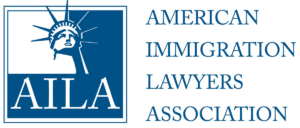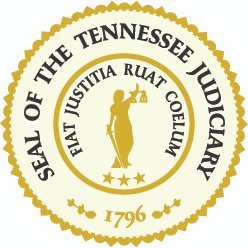What is an H-1B1: Complete Guide
H-1B1 visa classification became effective on January 1, 2004 as a result of the United States-Chile Free Trade Agreement (FTA). The FTA allows no more than 1,400 professionals from Chile and 5,400 professionals from Singapore to enter the United States annually, which are set aside within the overall H-1B Program cap of 65,000. At the end of each fiscal year, unused FTA visas from a prior fiscal year are recaptured and made available to H-1B beneficiaries during the first 45 days of the following fiscal year.
In order to obtain an H-1B1, the employer must demonstrate that the position, for which the H-1B1 is being filed, requires a professional in a “specialty occupation” and, further, the foreign national (beneficiary) meets the required qualifications. A "specialty occupation" is an occupation that requires theoretical and practical application of a body of highly specialized knowledge and attainment of a bachelor's or higher degree in the specific specialty (or its equivalent) as a minimum for entry into the occupation in the United States.
H-1B1 Procedure & Requirements
- The foreign national must have a U.S. equivalent bachelor’s degree or equivalent work experience;
- Attainment of a bachelor’s or higher degree in the specific specialty (or its equivalent) should be the minimum entry into the occupation. The FTA permits alternate credentials for agricultural manager and physical therapist (Chile) and management consultants and disaster relief claim adjusters (Chile or Singapore);
- The petitioner must obtain a labor conditional application (LCA), after first obtaining the prevailing wage determination from an acceptable wage survey source, from the U.S. department of Labor;
- The employer is not required to submit a petition to the US Citizenship & Immigration Services (USCIS) as a prerequisite for H-1B1 classification or visa issuance;
- The H-1B1 applicant can submit a job offer letter from the employer, proof of certified LCA, and any applicable fee directly to the consular officer at the time of visa application to obtain a H-1B1 visa;
- Foreign nationals present in the U.S. in a nonimmigrant visa category that allows a change of status may apply to US CIS for a change of nonimmigrant status to H-1B1. The employer is not required to pay Fraud Fee of $500;
- Premium processing is NOT available for H-1B1 i.e., the initial determination for H-1B1 classification cannot be made within 10-15 calendar days by requesting premium processing for an additional fee to the US CIS.
Related Issues
- The spouse and unmarried child/ren below the age of 21 are allowed to accompany / join the foreign national in H-4 status, however they are not allowed to work in the United States unless they qualify for a work visa;
- H-1B1 visas can be valid for a maximum of 12 months but is extendable indefinitely;
- Portability provisions of H-1B are not applicable in case of H-1B1;
- Unlike H-1B which allows dual intent, the H-1B1 foreign national should enter the U.S. without the intent to establish permanent residence and must, at the time of the interview, show foreign residence abroad that s/he has no intent of abandoning;
- Unlike H-1B which requires the foreign national to obtain a professional license before applying for the H-1B visa/status, H-1B1 nonimmigrant professionals are not required to present proof of professional license in order to obtain H-1B1 visa/status. They are responsible for obtaining licensure once the visa/status is granted.
Meet Attorney Asheesh Sharma – Your Trusted Advisor
With years of experience in employment-based immigration, Sharma Law Offices has a proven track record of successful cases. Our nuanced understanding of U.S. immigration laws ensures that your case is in capable hands.



